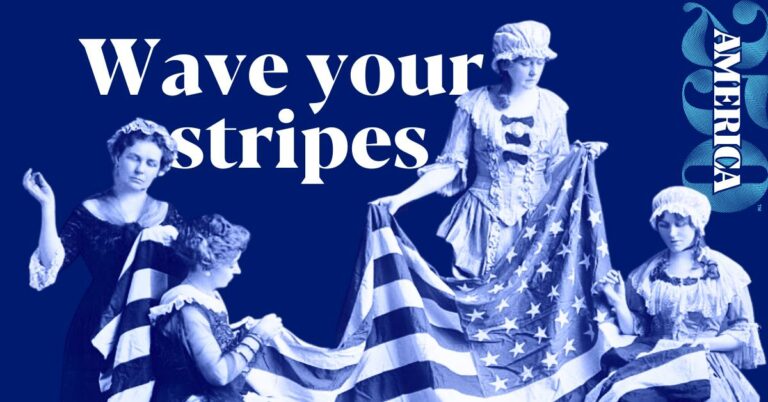Who knew that the first official Independence Day celebration took place on the banks of the Raritan River? In our July blog, Mark Nonestied, division head, historic sites & history services in Middlesex County’s Office of Culture & Heritage, shares a look into the celebration itself, as well as General George Washington’s reasons for creating a spectacle for the anniversary of the nation’s birth.
The Revolutionary War had a direct impact on the communities in the Raritan Valley. From turmoil and fighting to victory and celebration these historical events provide an important basis for modern day celebrations of our freedom and independence.
New Brunswick and Piscataway have important and early historical ties to American independence. One of the earliest public readings of the Declaration of Independence took place in New Brunswick just days after its signing in Philadelphia. On July 4, 1778, George Washington  and the American Army celebrated the second anniversary of the signing on the banks of the Raritan River in present day Johnson Park and New Brunswick with cannon fire, a musket salute and a double allowance of rum for the troops.
and the American Army celebrated the second anniversary of the signing on the banks of the Raritan River in present day Johnson Park and New Brunswick with cannon fire, a musket salute and a double allowance of rum for the troops.
From his headquarters at Ross Hall, Washington issued daily orders, and the most significant dealt with the celebration of the second anniversary of the Declaration of Independence. The victory at the Battle of Monmouth just a few days earlier made independence that much more attainable and he combined these two events into a display of national unity.
On July 3, 1778 Washington issued the following order: Tomorrow, the Anniversary of the Declaration of Independence, will be celebrated by the firing thirteen Pieces of Cannon and a feu de joie of the whole line: The Army will be formed on the Brunswick side of the Rariton at five o’Clock in the afternoon on the ground pointed out by the Quarter Master General. The Soldiers are to adorn their Hats with Green-Boughs and to make the best appearance possible – The disposition will be given in the orders of tomorrow – Double allowance of rum will be served out.
As the order dictated, at three o’clock in the afternoon on July 4 a cannon fired, signaling the troops to arm and form to march. From four until five o’clock, as cannons fired the second, third and fourth signals, the 11,000 patriots marched across Landing Lane Bridge forming two lines on the Brunswick side of the river. Thirteen cannons then discharged and a final cannon signal ordered the running fire to begin. At the conclusion of the feu de joie all cheered: “Perpetual and undisturbed Independence to the United States of America.” This celebration, so thunderous, was heard by the retreating British forces miles away at Sandy Hook.
The Commander-in-Chief, the general staff, and the brigade commanders had a very pleasant evening, described by one of the men of Washington’s Life Guard as a “Bawl at Head Quarters with great Pompe.” Those in attendance at Ross Hall on River Road in Piscataway included Aide de Camp Alexander Hamilton, Inspector General Major General Friedrich van Steuben, and Major Generals Nathanael Greene and Marquis de Lafayette.
Washington’s troops came from all thirteen colonies and were all nationalities, creeds and colors. They represented a dissimilar collection of communities and interests and the General recognized the need to establish special dates or events that would bind this diverse group to a core value.
With excerpts from: The Week That Shaped America – From Monmouth Battlefield to Raritan Landing June 28th to July 4th, 1778, Cammuipaw Consulting, 2016.



